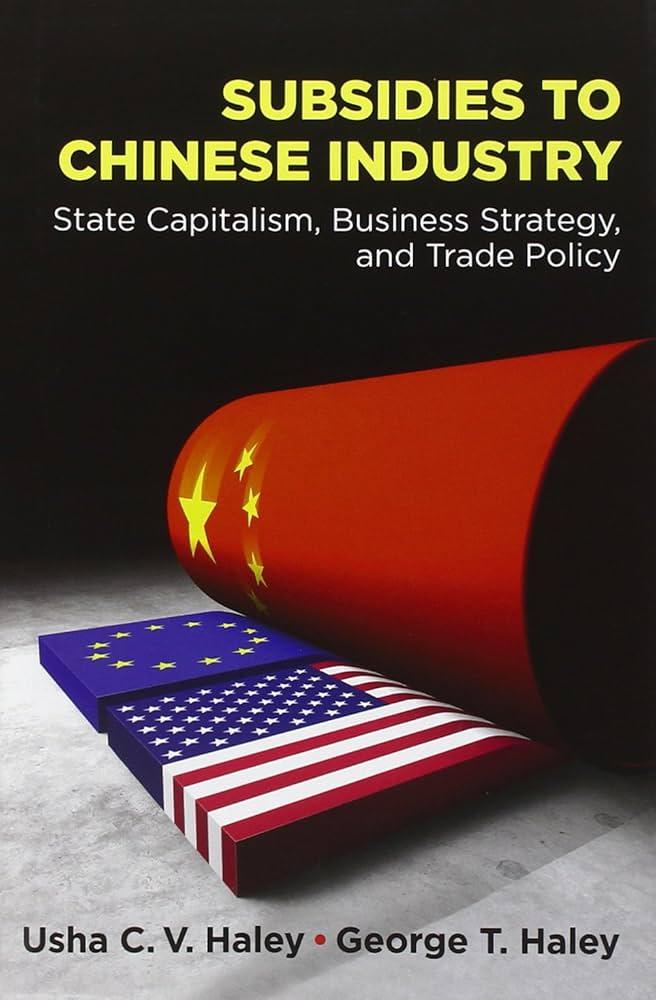In recent months, concerns have mounted over the Trump administration’s approach to trade relations with China, as experts and analysts alike criticize the absence of a coherent strategy. Despite high-profile tariffs and bold rhetoric, the lack of a clear, long-term plan has raised questions about the effectiveness and consistency of U.S. policy toward its largest trading partner. This article examines the shortcomings of President Trump’s handling of China trade issues, highlighting the potential economic and diplomatic consequences of an erratic and uncoordinated stance.
Trump’s Ambiguous Approach Leaves U.S.-China Trade Relations Unstable
Over the past several years, the U.S. has witnessed a striking lack of consistency in its trade dealings with China. Rather than deploying a clear and systematic approach, policies have oscillated between aggressive tariffs and unpredictable negotiations, leaving businesses and markets in a state of uncertainty. This ad hoc style has not only strained diplomatic ties but has also hindered progress on key trade issues such as intellectual property protections and technology transfers.
Key factors contributing to this ongoing instability include:
- Frequent policy reversals: Swift changes in stance have muddled both allies’ and adversaries’ expectations.
- Lack of clear objectives: The absence of a defined endgame complicates trade negotiations and long-term planning.
- Mixed messaging: Public statements often contrast sharply with private diplomatic signals, increasing market volatility.
| Policy Aspect | Impact |
|---|---|
| Tariff Announcements | Market Uncertainty & Retaliation |
| Negotiation Delays | Prolonged Trade Tensions |
| Mixed Communication | Investor Volatility |
Lack of Clear Strategy Risks Long-Term Economic Consequences
Without a consistent and well-articulated approach, policies aimed at reshaping trade relations with China risk creating instability in global markets and undermining investor confidence. The absence of a coherent plan results in abrupt tariff changes and unpredictable enforcement measures, which strain supply chains and disrupt manufacturers dependent on cross-border collaboration. This erratic stance not only hinders negotiations but also places U.S. businesses at a disadvantage in competing with more strategically positioned rivals.
Moreover, long-term economic growth could suffer from a lack of forward-looking trade policies. Key areas vulnerable to mismanagement include:
- Technology transfer restrictions, which require careful calibration to avoid stifling innovation.
- Intellectual property protections that demand multilateral cooperation for real enforcement.
- Supply chain diversification efforts that need strategic incentives rather than ad hoc demands.
| Risk Factor | Potential Economic Impact |
|---|---|
| Tariff volatility | Supply chain disruptions |
| Retaliatory measures | Export sector losses |
| Unclear enforcement | Investor uncertainty |
Experts Call for a Coherent Policy Framework to Restore Competitive Advantage
Amid ongoing tensions and economic uncertainties, industry experts emphasize the urgent need for a unified and strategic approach to reclaim the U.S.’s competitive edge on the global stage. Fragmented and reactive policies have, according to analysts, resulted in missed opportunities to strengthen domestic industries and foster sustainable trade relations. They argue that only through a coherent framework-encompassing innovation incentives, workforce development, and targeted diplomacy-can America hope to counterbalance China’s growing influence effectively.
Key elements experts recommend include:
- Comprehensive coordination between federal agencies and private sector stakeholders
- Investment in advanced manufacturing and technology research
- Enhanced trade enforcement coupled with constructive dialogue with Chinese counterparts
- Support for small and medium enterprises to integrate into global supply chains
| Policy Area | Strategic Focus | Expected Outcome |
|---|---|---|
| Innovation & R&D | Increase government-industry collaboration | Accelerated tech breakthroughs |
| Trade Enforcement | Target unfair practices decisively | Level playing field internationally |
| Workforce Development | Train next-gen skilled labor | Stronger domestic labor market |
| SME Support | Expand market access & financing | Broader participation in exports |
Key Takeaways
As the complexities of U.S.-China relations continue to evolve, the absence of a clear and coherent trade strategy from the Trump administration raises concerns about the effectiveness of future negotiations and economic outcomes. Without a defined approach, uncertainty lingers for businesses and policymakers alike, underscoring the urgent need for a comprehensive plan to navigate one of the most critical bilateral relationships in global commerce.




